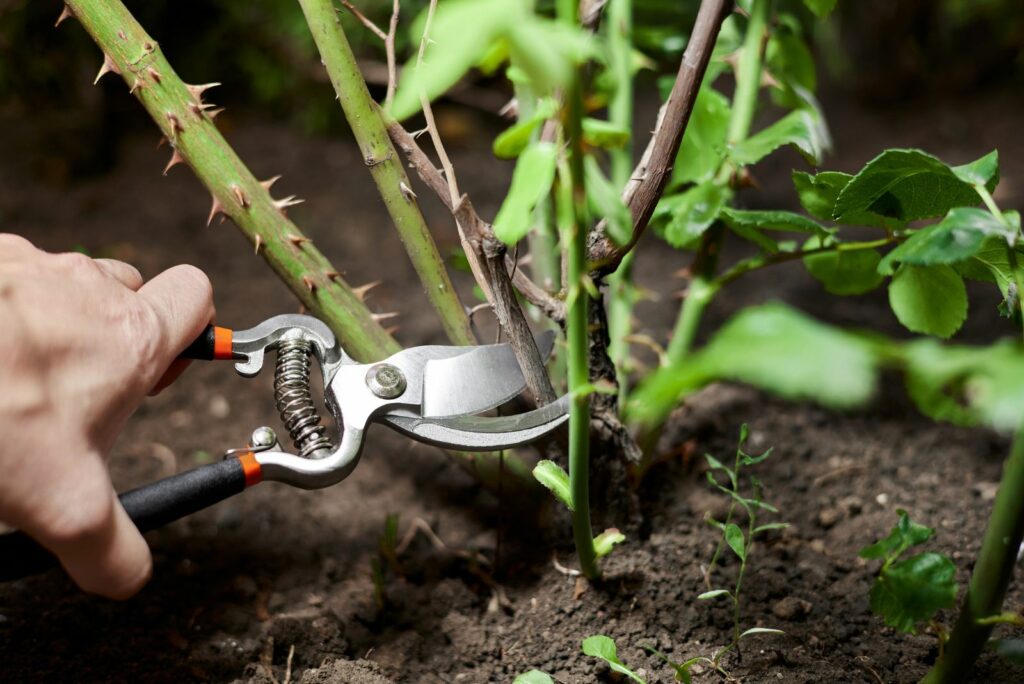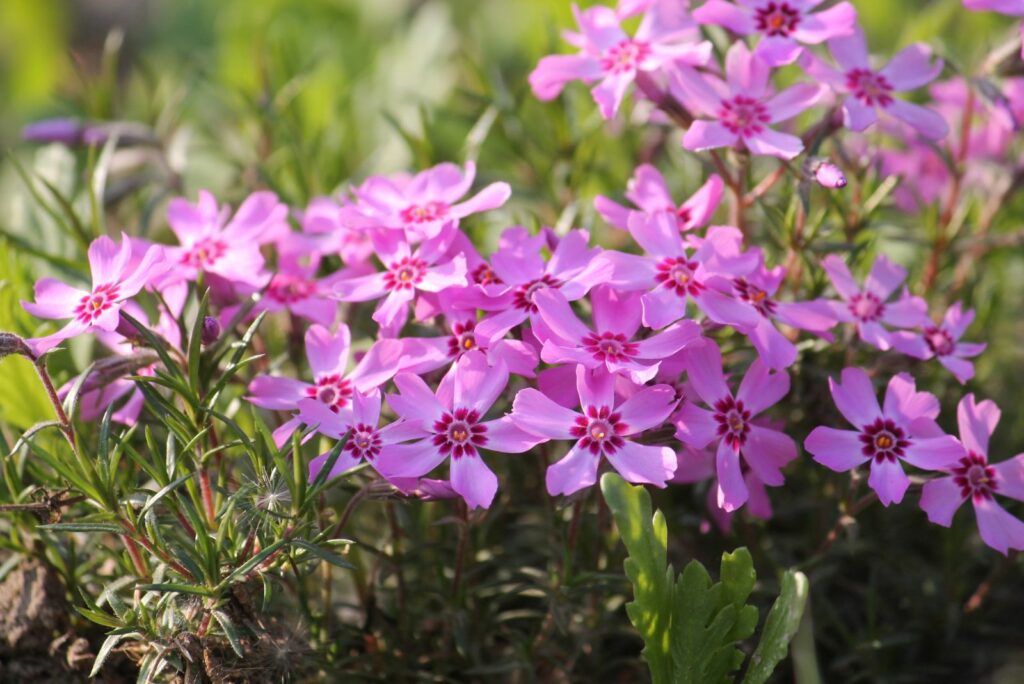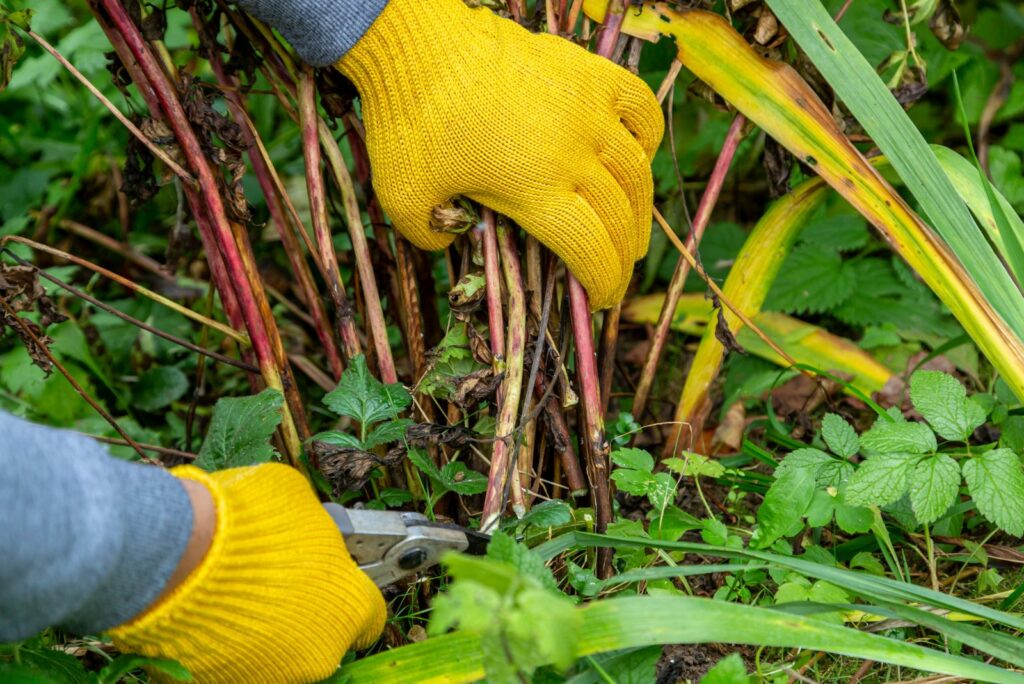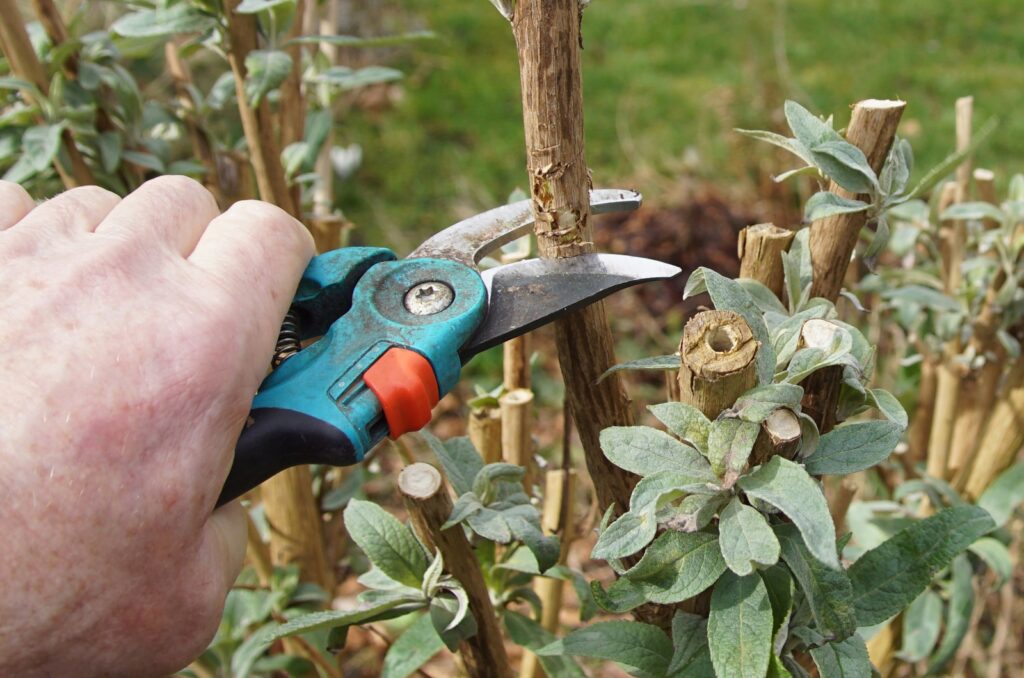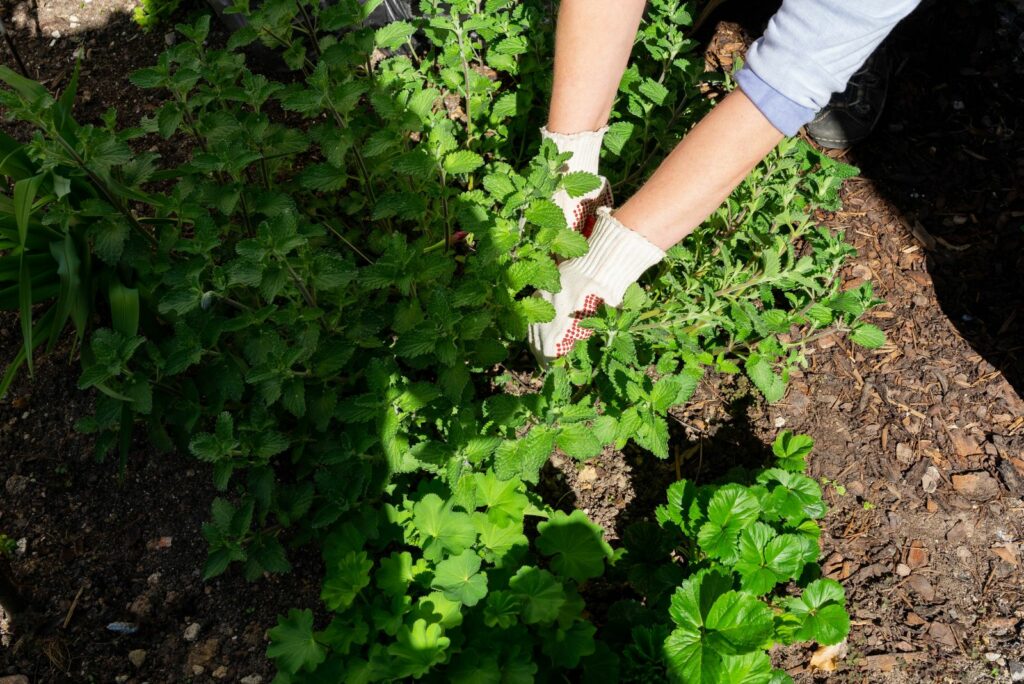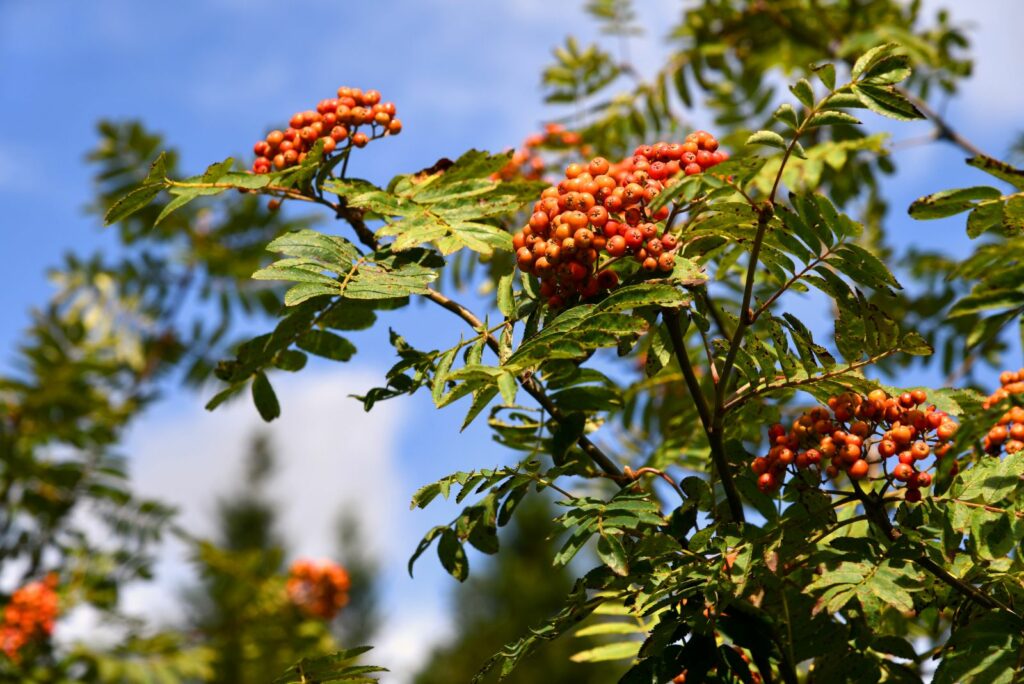With only a few tasks left on the fall garden list, it’s time to put the finishing touches and prep for the colder days ahead.
Now go ahead and take a peek at your garden checklist. Is October pruning a part of it? If it’s missing, add it ASAP because that’s a chore that’ll lead to a thriving garden next season.
Pruning is all about timing, and some plants are best left untouched in the fall. But for others, an October trim is a must!!
So, allow me to introduce to you the 7 plants that will benefit from a haircut this October for a stellar show next year!!
1. Give Those Hostas A Trim And Watch Them Shine
And on the top of our list are the lovely hosta plants whose foliage leaves everyone speechless! They’re relatively low-maintenance and can tolerate shade, so it’s no wonder they’re so popular in the gardening world.
You may already know that hostas start turning yellow in late summer, so many gardeners grab their pruners and cut the plants back.
That’s not the right way! The only time when you should prune your hostas is in the fall, October to be more precise. At this time, your hostas will turn yellow and brown entirely, and that’s your green light to start pruning.
This process is known as winterizing and it’ll neaten the plant and prevent pests and diseases from affecting the foliage. Powdery mildew loves hostas and the best way to prevent it is by cutting back all the leaves.
2. Prune Your Roses For More Blossoms Next Year
There definitely isn’t a proper word to describe the beauty of roses. Yes, all flowers are beautiful but there’s something about roses that will keep them on the throne for eternity.
But if you want the best out of your roses, you must prune them. Many gardeners choose late winter for pruning roses, and although that works, there are exceptions.
For instance, if you live in a windy region, you don’t want to risk your roses breaking. The best way to prevent it is by trimming.
Start pruning your roses in mid- or late-October and make sure not to remove more than one-third of the plant.
I have to warn you that this October pruning works only for bush and shrub roses. If you have climbing or rambling roses, you’ll need to wait longer for pruning.
3. Your Phlox Will Also Benefit From October Pruning
Every flower bed in my garden is filled with lovely phlox plants. Colorful and scented blossoms appear in summer and I must admit, getting there is pretty easy with this plant.
All you need to do is water it during dry periods and deadhead once the blossoms start fading. But from my experience, pruning phlox once a year keeps the plant in shape and improves its overall health.
Knowing when to prune phlox is essential because we don’t want to harm the plant. I always prune in October and this method has never failed me.
The foliage will start losing color in late summer but you should leave it on the plant until it dies back completely.
Then, grab your shears and cut your phlox back to the ground level.
Some gardeners leave the seedheads on the plant to ensure food for wildlife, but I don’t recommend it. You see, powdery mildew loves phlox and the only way to avoid it is by removing the leaves.
4. Peonies Thrive If Given A Haircut This Month
Every May and June garden needs peonies! It’s true the blossoms don’t last long but it’s worth it!
You can prolong the blooming season by deadheading your peonies. Once the flowering season ends, you may think it’s the ideal time to cut back your peony.
Hold it right there! These blooming plants need leaves to save energy and prepare for cooler months. Instead of pruning them in summer, wait until fall for the best results.
I wish I could tell you the exact time but the problem is that it depends on your hardiness zone. For most regions, you’ll most likely prune in late October or early November.
5. Don’t Forget To Prune Your Butterfly Bush, Too
Some of you may be surprised to find butterfly bush on this list. Yes, I know the best time to prune this stunning plant is in spring but it will benefit from light pruning in October.
The main reason why I started pruning my butterfly bush in October is because it tended to become top heavy and wind damaged them too many times.
But don’t remove more than half of the plant because it could affect its winter hardiness significantly.
Once the spring arrives, you can proceed with hard pruning your butterfly bush.
6. Catmint Plants Will Come Back Way Stronger And Prettier
Catmint aka nepeta plants bloom abundantly and their scented flowers enchant gardeners worldwide.
The flowering season starts in late spring and continues through late summer. The main problem is that the plant can look a bit unsightly after blooming.
A lot of gardeners opt for spring pruning but if you don’t like the messy looks, then feel free to prune in October.
Wait until the leaves die back completely and then grab your pruners and get the job done!
7. Don’t Let Your Rowan Tree Fly Under The Radar – Prune It!
One of the things I absolutely love about sorbus aka Rowan tree is that it requires little pruning. You can either do it in fall or early winter but you should never do it during the growing season.
As you may know, these trees bleed sap, so pruning them during active growth will harm them and increase the susceptibility to diseases.
Sorbu is an ideal tree for fall colors and you can get rid of damaged growth or crossing branches during this season. This way, you’ll increase air circulation within the plant canopy and promote new and healthy growth the next season.
We’ve made it to the end! Pruning these plants in October sets the stage for their best performance, so take this opportunity to give them a fresh start for a stunning show next year!



